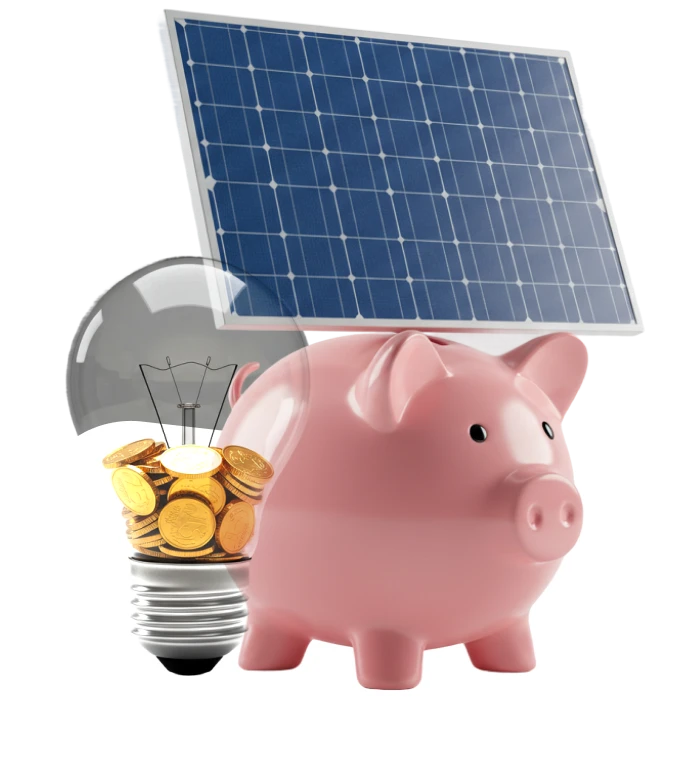The Smart Choice for Connecticut Homeowners
With some of the nation’s highest energy costs, Connecticut homeowners can cut bills by leveraging state programs to switch to solar.


Connecticut Solar Pays Off
With some of the best programs in the region, Connecticut is making the switch to solar more affordable than ever. These incentives are designed to reduce upfront installation costs, increase your long-term savings, and make clean energy accessible to more homeowners. Below is a quick guide to the top solar incentives available in CT
Solar Incentives Available in Connecticut
Connecticut is making it easier than ever to go solar, with solid programs designed to reduce your upfront costs and help you earn long-term savings. Here’s a quick overview of the key solar incentives available to homeowners in CT:
Netting Tariff
The netting tariff is Connecticut’s updated version of net metering, created under the Residential Renewable Energy Solutions (RRES) Program. Homeowners can choose between two incentive structures: the ‘Netting’ option, where you use the solar power you generate and receive bill credits for any excess sent to the grid, or the ‘Buy-All’ option, where the utility purchases all of your solar generation at a fixed rate.
Going solar in Connecticut isn’t just doable — it’s financially smart. With the right programs and support, your system can pay for itself faster than you think.
See What Solar Could Save You—With Zero Upfront Cost
Here’s the best part: it can save you serious money on your energy bills.
And for qualified homes, there’s no out-of-pocket cost to make the switch.
And for qualified homes, there’s no out-of-pocket cost to make the switch.
Click below to check your savings in
less than a minute!

How Does Solar Work
Solar panels capture sunlight and turn it into electricity. The panels contain special cells that absorb energy from the sun, creating direct current (DC) power. An inverter then converts this into alternating current (AC) power, which is what homes and businesses use. Any extra energy can be stored in batteries or sent back to the grid.
How Much Does It Cost To Go Solar?
The biggest misconception about solar is that it requires a big upfront investment. The truth is, if your home qualifies, you can switch to solar with no money out of pocket. There are programs and incentives designed to make the transition affordable, and our job is to help you find the ones you qualify for and show you how much you can save on your monthly energy costs.
What Happens If the Panels Break?
You don’t have to worry about that. Solar panels are built to last for decades and come with strong warranties that cover equipment and performance. If anything does happen, the panels are repaired or replaced at no cost to you, so your savings and peace of mind are always protected.
How Much Can I Expect to Save?
Most homeowners start saving money the very day their panels are installed. On average, people save around $50,000 over the life of their system—and that’s money that would’ve gone to the utility company. Your exact savings depend on your home, energy use, and which programs you qualify for, but the sooner you switch, the sooner you start keeping more of your own money.
How Do I Know If I’m a Fit for Solar?
It’s simple—just click the “Request a Quote” button. Our experts will evaluate your home to see how much sun your roof gets and what incentives are available in your area. From there, we’ll let you know if solar is a good fit and how much you could save.
How Long Do the Panels Last?
The expected lifespan of solar panels is about 25 years, but most continue working well beyond that. Even after the warranty period, panels typically keep producing energy—just at a slightly reduced efficiency—so you can enjoy the benefits of solar for decades.









